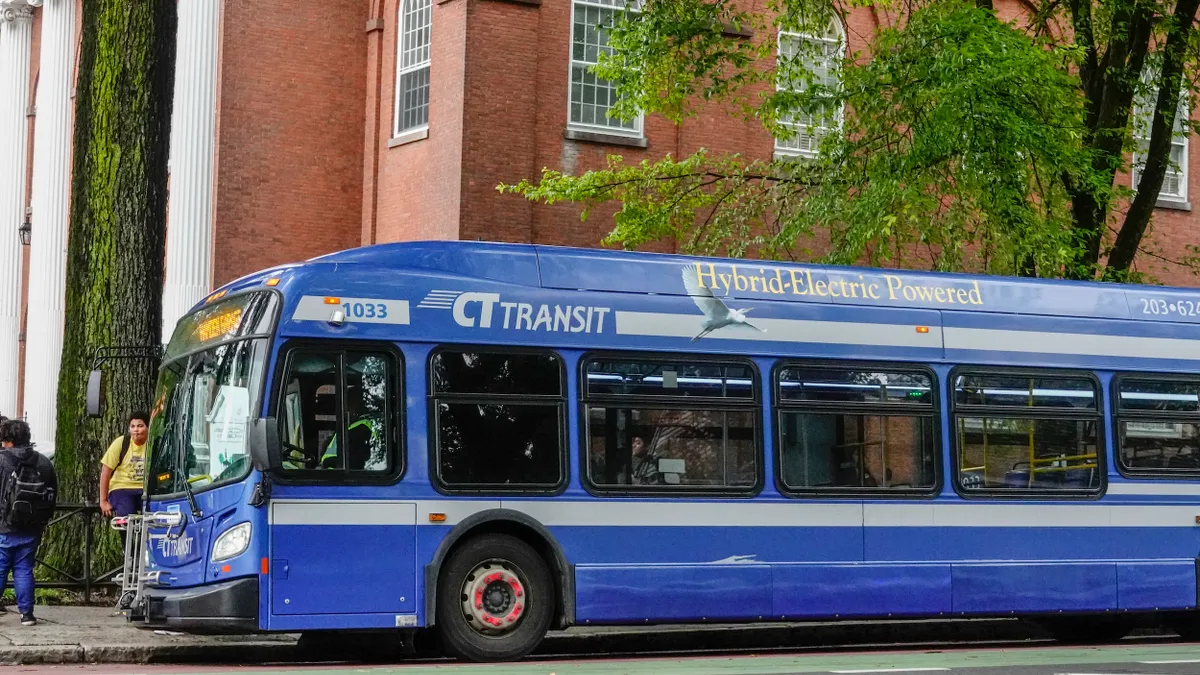Dive Brief:
- Presidential administrations influence which transportation projects get funded by the Rebuilding American Infrastructure with Sustainability and Equity discretionary grants and its predecessor programs, finds Urban Institute research published Wednesday.
- The Obama administration favored transit projects while the Trump administration prioritized road expansion, the report says. The Biden administration focused on bike and pedestrian projects to a larger extent than either previous administration.
- Researchers studied more than 1,200 projects awarded a combined total of over $16 billion from 2009 through 2024. City governments received 38% of these grants while states accounted for 21% of awarded grants.
Dive Insight:
The RAISE grant program is the third iteration of national infrastructure investments that fund road, rail, transit and port projects of significant local or regional impact. Previous programs were known as the Better Utilizing Investments to Leverage Development and Transportation Investment Generating Economic Recovery discretionary grants. Through these programs, more than 12,000 applicants have vied for nearly $14.3 billion in 15 rounds of funding authorized by Congress. These programs are administered by the U.S. Department of Transportation.
“Our overall goal for this report was to really understand how federal competitive spending has changed over time,” said Yonah Freemark, principal research associate in the Metropolitan Housing and Communities Policy Center at the Urban Institute and an author of the report. “This allowed us to see how different presidential administrations have treated their choices in this competitive process.”
Only about 9% of applicants to these programs receive funding, making these grants highly competitive. Across all three administrations, disadvantaged counties accounted for between 28% and 35% of applications. That was true under the Trump administration as well, but the research finds that it funded projects in higher-income neighborhoods within lower-income counties. However, under the Biden administration, the DOT focused on projects in federally defined disadvantaged neighborhoods.
“There are different political priorities for different administrations, and we should be thinking about that when having conversations about the role of the president and other people in the federal administration,” Freemark said.
The report made four recommendations it says could ensure federal funding reaches the communities that would benefit from it most:
- Federal agencies could prioritize applications for projects in low-income communities.
- Congress could fund efforts to assist communities that lack the capacity or funds to engage in the application process.
- Federal agencies could assess both potential positive and negative impacts associated with new infrastructure projects.
- Federal agencies could improve the transparency and level of detail in their public program data to allow for better study of how these programs meet the needs of disadvantaged communities at the local level.
How might a second Trump administration or a Kamala Harris administration oversee these grant programs? The answer is unclear. “One thing that's been interesting about this presidential campaign is that transportation has been barely mentioned,” Freemark said. “That is a concern because the president actually has substantial discretion over a lot of these programs.”












